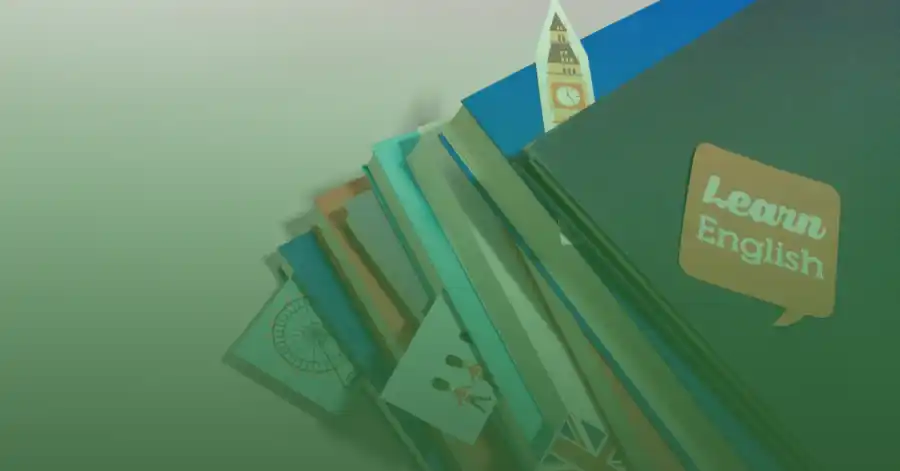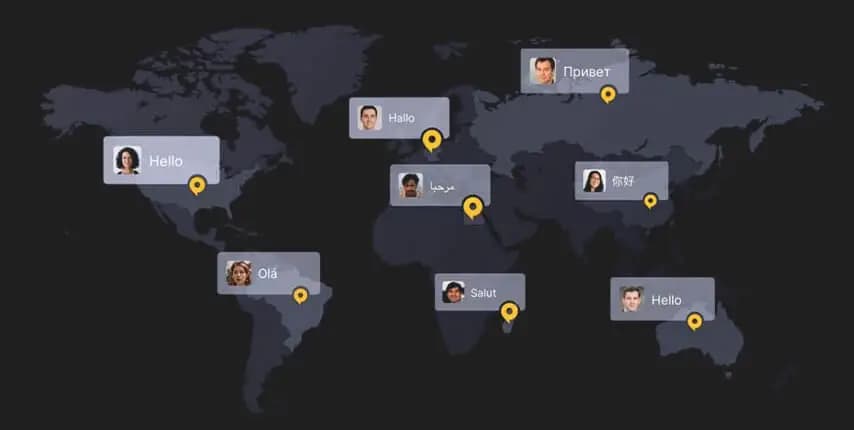Bidirectional Languages, Everything You Need To Know
Why Localization Matters and How to Implement It?
Ever heard or read “Bidi languages” term? It refers to “Bi-directional Languages”,
which contains both right-to-left (RTL) and left-to-right (LTR) writing orders.
This leads to a mixed direction of text segments described as “Bidirectional.”
Mistakenly, people always think that only Arabic and Hebrew languages are bidirectional.
However, it is not about the language, it is about the script/alphabet the language uses.
A bidi language is any language written using:
- Arabic (Perso-Arabic) script such as Arabic, Persian (Farsi), Urdu, Uyghur, Pashto, Kurdish (Sorani), Punjabi and Sindhi languages.
- Hebrew Script such as the Hebrew and Yiddish languages.
Common Features
- These languages are written from Right to Left.
- Supporting BiDi means supporting 10+ languages.
 Bidi Support
Bidi Support
It is not about Right alignment, full mirroring and definitely not translation.
It’s all about expected behavior; “Bidi support is the ability to input and display text layout
in either right-to-left (RTL) or left-to-right (LTR) order, considering the alignment.”
That’s why some computer programs or platforms fail to display bidirectional text correctly.
For example, some interfaces show:
- Wrong reading order (all text reads from Left to Right).
- Left aligned.
While proper bidi features include:
- Correct RTL and LTR reading order.
- Right alignment.
Flipping and Mirroring
Bidi users’ thinking, understanding and surrounding digestion often goes from right to left,
but that does not mean you have to flip or mirror everything.
Some icons, symbols and shapes stay as is.
To be flipped/mirrored:
- Back and Forward icons
- Arrows
- Images location (not the images themselves)
- Columns start from the right
- Start buttons
- Horizontal progress bar
- Rating
- Page number
- Circular progress indicators
- Percent symbol position
Not to be flipped/mirrored:
- Check marks
- Media Player control buttons
- Images themselves
- Clock digits or icons
- Mouse cursor direction
- Phone numbers
Numeral System
Mainly, there are two numbering systems for Arabic:
- Original Arabic digits (1, 2, 3, …) – used more in Gulf area.
- Hindi digits – used more in other Middle East countries.
Arabic numbers are also used in Hebrew.
In all cases, numerals are written and read from left to right.
Punctuation
Arabic punctuation has slightly different shapes that follow RTL writing.
Functions are similar to English, but mistakes often happen.
| English | Arabic | Hebrew |
|---|---|---|
| . full stop | نقطة . | נקודה . |
| : colon | نقطتان : | המעי הגס : |
| , comma | ، فاصلة | פְּסִיק , |
| ; semicolon | ؛ فاصلة منقوطة | אֶתְנָח ; |
| “ … ” quotation marks | “…” علامات تنصيص | “… ” מרכאות |
| () brackets | () قوسان | () סוגריים |
| -…- hyphens | -…- شرطتين | -…- מקף |
| ! exclamation mark | ! علامة تعجب | ! סימן קריאה |
| ? question mark | ؟ علامة استفهام | ? סימן שאלה |
Calendars
- Hijri Calendar
- Gregorian Calendar (widely used)
- Hebrew Calendar
Editing Tips
- Arabic/Hebrew keyboards allow toggling typing direction.
- Cursor movement and text selection should respect logical and physical order.
Localization Tips
- Arabic text expands ~30% compared to English.
- Arabic words cannot be split across lines; Kashida is used for justification.
- Persian has 4 more letters than Arabic.
- MSA is the standard written Arabic; spoken dialects vary by region.
 Arabic Translation Tips:
Arabic Translation Tips:
- Translate according to subject gender.
- Highlight words with quotation marks (no capitalization).
- Dual form differs from plural and should be handled carefully.
- Regular QA tools don’t spot bidi issues for neutrals.
At Saudisoft, we have developed a quality check tool to easily detect and fix bidi issues,
ensuring top-quality localization.
Tips for I18n
- Test on modern bidi-enabled platforms (OS).
- Assess localizability: concatenated text, images, etc.
- Create pseudo-builds.
- Invite native experts early in the process for validation.
Conclusion
Bidirectional languages localization can be tricky, from UI/UX to grammar and writing.
To be fully prepared for bidi clients, Saudisoft can guide and support with both
technical tools and linguistic expertise to meet audience expectations.









